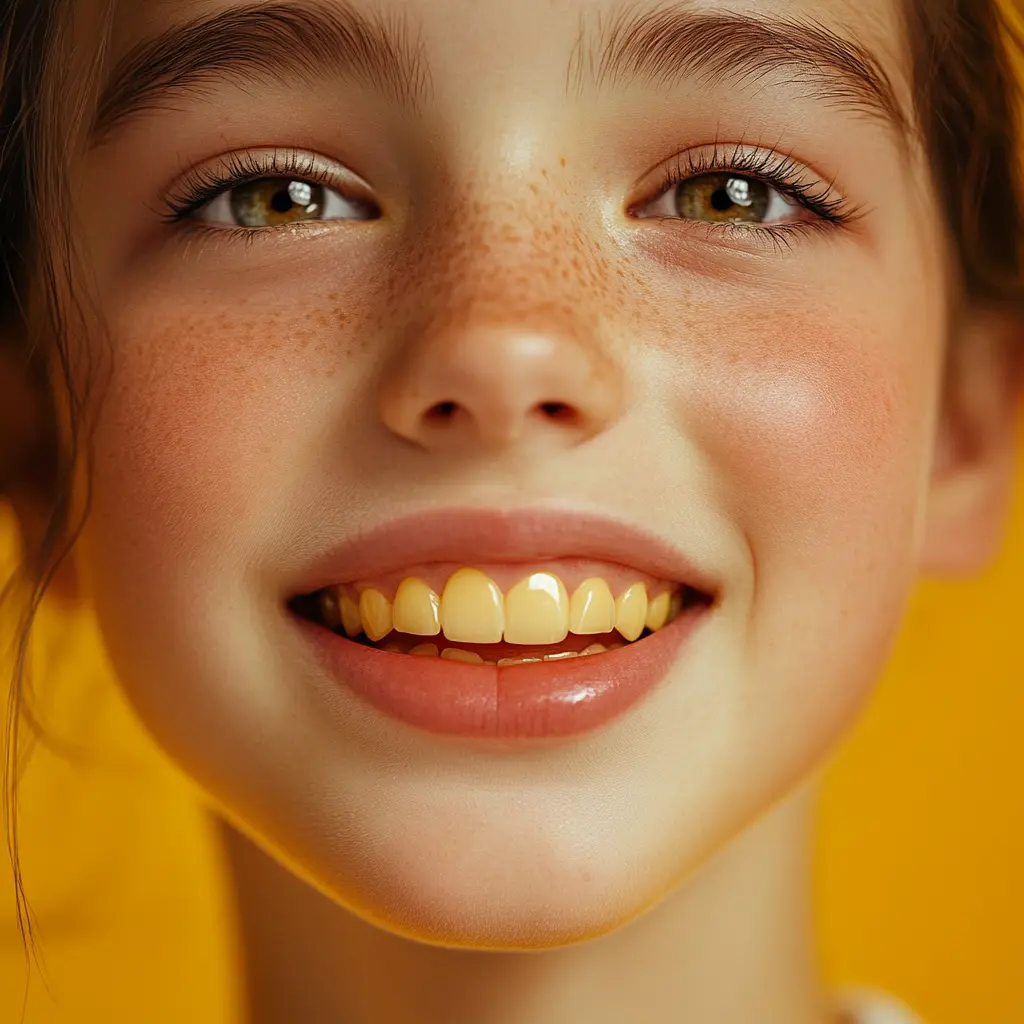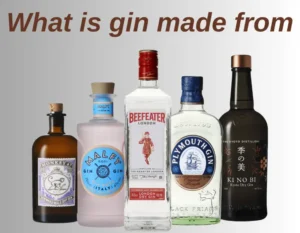Daily brushing my teeth and still having yellow teeth can be embarrassing. Many Australians ask, why are my teeth yellow when I brush them everyday? This common issue is often linked to factors like age, diet, lifestyle habits, and even genetics. Despite a consistent dental cleaning routine, these elements can contribute to tooth discolouration. By understanding these causes, you can take proactive steps toward achieving a brighter, healthier smile and addressing this widespread concern effectively.
Understanding tooth discolouration
Usually, tooth discoloration consists in two groups:
- Extrinsic staining: This relates to surface stains on teeth mostly caused by beverages, some meals, and smoking as well as some drugs. Usually, consistent dental cleanings or at-home whitening treatments help extrinsic stains be treated and removed faster.
- Intrinsic staining: Trauma, genetics, or medication can cause intrinsic staining, which results from damage to the dentin, the inner structure of the tooth. Intrinsic stains are harder to remove and may require professional dental treatment for noticeable improvement.
Common causes of yellow teeth
1. Natural tooth colour and enamel thickness
Regular cleaning can help, but the inherent tone and thickness of your enamel largely determine tooth colour. Enamel, the tough outer layer covering your teeth, is usually white. More of the yellowish dentin of the tooth is seen since inheritance leads certain people to have naturally weaker enamel.
Key points:
- One can easily see the yellow dentin by weaker enamel.
- Genes could affect the colour of teeth.
2. Dietary choices
Your usual diet does affect the colour of your teeth somewhat. Strong colours as well as acidic meals and beverages can stain enamel and over time turn teeth yellow.
Foods and drinks that cause staining
- Coffee, tea, and red wine: These beverages contain strong colourants, called chromogens, which adhere to enamel. They also have tannins, which help pigments stick more readily to teeth.
- Berries: Foods with vivid colours, such blueberries and blackberries, could stain your teeth.
- Dark sauces: Tooth discoloration can result with dark sauces such soy sauce, balsamic vinegar, and others.
- Acidic foods: Among very acidic include citrous fruits, soda, and sports beverages. They reduce enamel, therefore revealing the layer of yellowish dentin and increasing tooth stain sensitivity.
Prevention tips:
- Eat and drink less of foods and beverages that discolour teeth.
- Rinse your mouth with water after consuming staining foods or drinks.
- While sipping soda or iced coffee, use a straw to prevent direct touch between your teeth.
3. Poor oral hygiene practices
Daily cleaning is unable to prevent bad methods from yellowing teeth. If one wants to keep a perfect smile, dental appointments, flossing, and intense brushing should all be part of oral care. Typical mistakes in dental hygiene could lead to yellowing:
- Aggressive brushing: The enamel can be damaged and the layer of dentin may get exposed by vigorous brushing.
- Insufficient brushing time: Ignoring the advised two minutes could lead to yellow-appearing plaque on teeth that develops into tartar.
- Neglecting flossing: Ignoring flossing helps to eliminate food particles and plaque from between teeth, therefore reducing the concentration of stains and tartar in places difficult for access.
Proper oral hygiene tips:
- Softly circular strokes will be made possible by toothbrushes with soft bristles..
- Two times a day, spend a minimum two minutes brushing.
- Every day floss and use antibacterial mouthwash.
Read also: Why is Steradent toothpaste discontinued?
4. Smoking and tobacco use
It’s widely known that tobacco products’ tar and nicotine are responsible for yellow teeth stains. From smoking, darkening over time and the development of enamel-percolating stains follow. Moreover impairing general oral health, gum disease linked to smoking also discolours teeth.
Effects of smoking on teeth:
- Tobacco leaves have brown or yellow effects.
- Increases the probability of gum disease, therefore causing tooth loss.
- Reduces saliva flow, which results in dry mouth and more plaque buildup.
Preventive measures:
- Stopping smoking is the easiest approach to avoid more discolouration and enhance general oral health.
- Frequent dental cleanings help to fade stains connected to smoking.
5. Ageing and yellow teeth
Another often occurring element creating yellow teeth is ageing. The enamel covering peels off as you get older to expose the yellowish dentin under. Years of staining food, drink, and lifestyle choices also slowly turn teeth yellow.
Age related changes:
- Erosion of enamel reveals the yellow dentin under.
- More likely to discolour enamel with more porosity.
- To combat age-related discoloration, think about professional teeth whitening
Tips for managing age-related yellowing:
- Keeping up a regular mouth cleaning schedule will assist to reduce plaque accumulation.
- Use flour toothpaste to polish enamel.
- To combat age-related discoloration, think about professional teeth whitening.
6. Genetics and tooth colour
Your genetics play a significant role in the natural colour of your teeth. Certain people may have enamel that is whiter and thicker while others may have a naturally yellowish appearance owing to their genetic makeup. You might possibly have yellowish teeth if your parents do.
Genetic factors include:
- Enamel thickness: Genetic factors influence enamel thickness, with thicker enamel often being whiter.
- Dentin shade: There are those who have naturally yellow teeth.
Managing genetic discolouration:
- Use whitening toothpaste to minimise surface stains.
- For tooth discoloration majorly caused by hereditary factors it is advisable to seek the services of a dentist for professional whitening treatments.
7. Medications and medical conditions
Certain medications and health conditions can lead to tooth discolouration. Antibiotics like tetracycline are known to cause intrinsic staining, particularly when taken during tooth development in childhood. Excessive fluoride intake can also lead to fluorosis, a condition that results in white, yellow, or brown spots on teeth. Additionally, some illnesses affecting the liver and chemotherapy treatments may contribute to tooth discolouration.
Common medications that cause discolouration:
- Tetracycline and doxycycline (antibiotics).
- Antihistamines and high blood pressure medications.
- Chemotherapy drugs.
Managing medication-Induced staining:
- I think it is wise to comprehensively discuss possible side effects with your doctor or other medical professional.
- Consult your dentist about teeth-whitening options.
Read also: How to Clean Retainers for a Healthier Smile
How to prevent yellow teeth
1. Upgrade your oral hygiene routine
- Brush twice daily with a fluoride toothpaste.
- Use whitening toothpaste to remove surface stains.
- Floss daily to prevent plaque buildup between teeth.
- At least once in every six months it is imperative to go see your dentist for professional cleanings and check-ups.
2. Limit staining foods and beverages
- Minimise coffee, tea, and red wine consumption.
- Rinse your mouth with water after consuming acidic or pigmented foods.
- Consider using a straw for drinks that stain teeth, like soda or iced coffee.
3. Use whitening products wisely
Over-the-counter whitening products can be effective for surface stains. However, overuse can damage enamel, so consult your dentist before starting any whitening treatment.
4. Seek professional whitening treatments
If home care and lifestyle changes are not enough, professional treatments like bleaching or laser whitening can provide more dramatic results. Always consult your dentist to discuss the best and safest option for you.
Conclusion
Yellow teeth, even with daily brushing, can be caused by a range of factors, including dietary habits, genetics, smoking, and ageing. Proper oral hygiene, alterations in lifestyle, and dental care from specialists can combine to provide for the best way of keeping your teeth white. By understanding the reasons behind tooth discolouration, Australians can make informed decisions to improve their dental health and enjoy a whiter, more confident smile.






